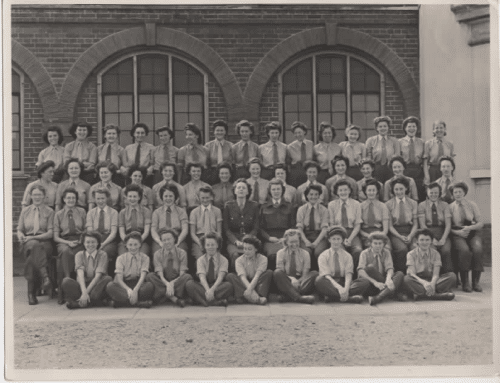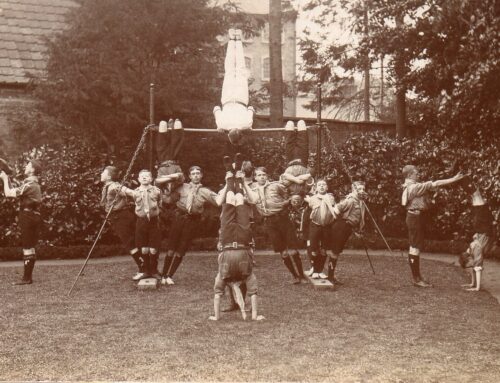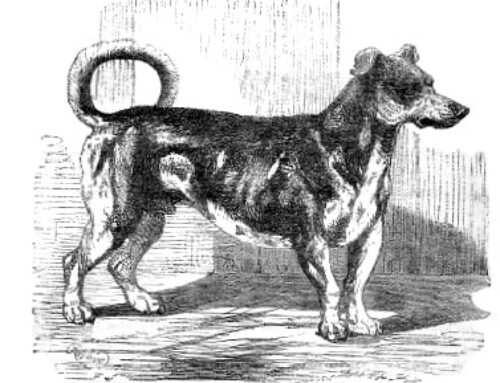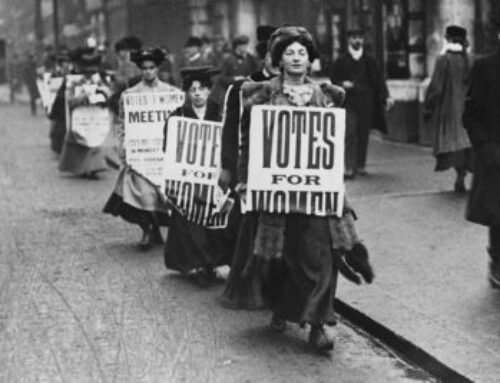by Sally Hendry…
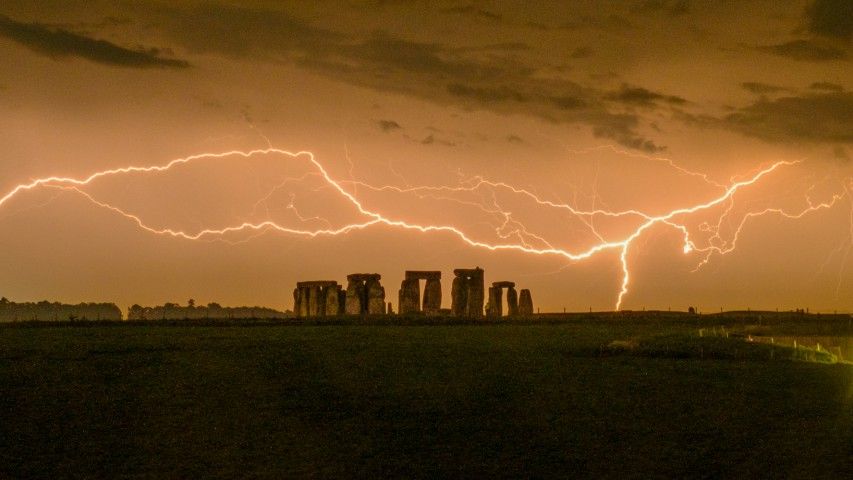
Being among those hardy playgoers who were quite literally drenched to the bone at Heywood House gardens this past weekend got me thinking about storms past and present.
A most extraordinary story from Westbury was circulated in newspapers across the country in August 1894 – and it’s a warning to us all.
The incident described took place about a mile from town on land off the Bratton Road called The Chantry where labourers were turning the hay when a terrific storm started up. Between half past four and five o’clock, there was thunder and lightning and three men working in the field were exposed to the worst of it. Suddenly there was a dazzling flash and a clap of thunder that seemed to shake the earth. The three men were felled instantly as they were struck by a bolt of lightning. Two were struck dead instantly while the third, Henry Walters of Alfred Street, felt the lightning run up his leg – but he survived.
The hay around them was on fire and the ground was scorched. One of the men had burnt clothes with even his hat destroyed and his bootlaces scorched.

The bodies of the men were laid in an outhouse at the Ludlow Arms and an inquest was ordered due to the unnatural deaths. This was held at the town hall with Judge Sylvester presiding. The jury viewed the bodies and heard evidence of the survivor Henry Walters “who was regarded with some curiosity as one who had escaped from the very gates of death”.
Giving evidence, Dr Shorland described the marks of the fern leaf and said such marks had been observed in similar cases.
The coroner concluded that lightning must have passed through the men via the heavy steel tips of their work boots. He passed a verdict of death by lightning.
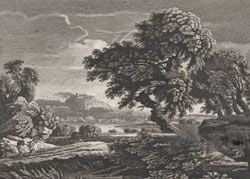 This wasn’t the only incident of its kind. Newspapers in 1893 reported the death of a young shepherd boy. The 16 year old had taken shelter from a storm under an elm tree when the tree was struck by lightning. And in 1831, an 18 year old from Westbury died after sheltering under a tree when it was split by lightning while in the twentieth century, there were reports of lightning storms killing lambs and sheep near Warminster.
This wasn’t the only incident of its kind. Newspapers in 1893 reported the death of a young shepherd boy. The 16 year old had taken shelter from a storm under an elm tree when the tree was struck by lightning. And in 1831, an 18 year old from Westbury died after sheltering under a tree when it was split by lightning while in the twentieth century, there were reports of lightning storms killing lambs and sheep near Warminster.
Reports of storms were frequent in local newspapers with the Wiltshire County Mirror describing a particularly virulent one in 1852: “The tempest raged with fearful violence, the lightning darted vividly in all directions and the thunder shook the dwellinghouses”.
One storm in 1891 felled five elm trees in Station Road, while part of the cricket pavilion was torn off. Other storms across the the country reported hailstones as big as 14 inches in diameter while another mentioned hail like marbles breaking almost 600 panes of glass!


